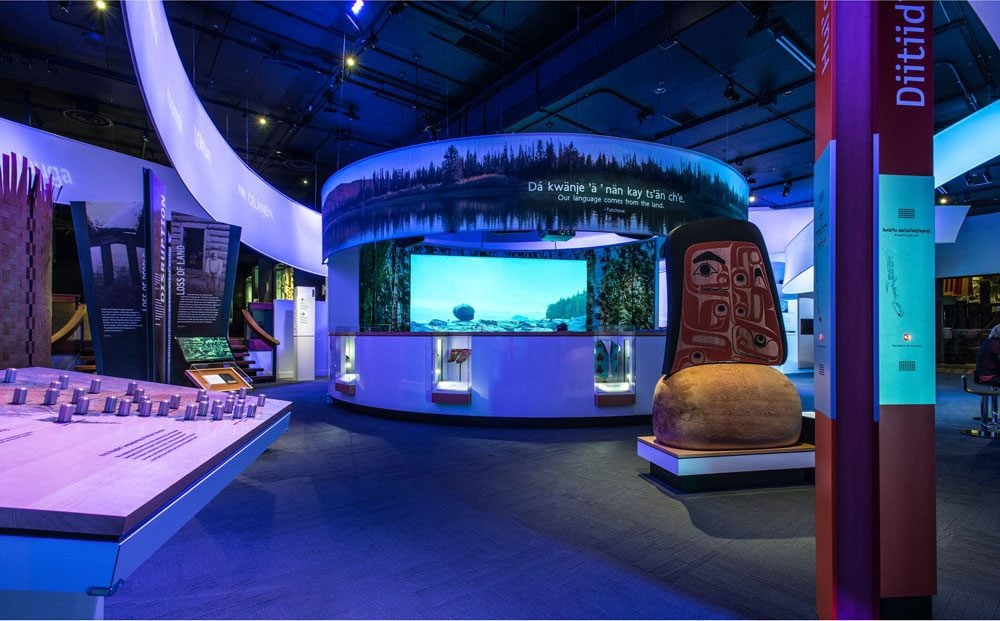
Our Living Languages Exhibit
This interactive exhibit on Indigenous languages earned the Royal British Columbia Museum the 2015 American Alliance of Museum Excellence in Exhibition Competition award. Here, you’ll walk through a colourful language “forest,” where you’ll be greeted in 34 of the Indigenous languages spoken in the province, and hear stories and lullabies. The art, video and audio installations paint a captivating picture of what Indigenous communities are doing to preserve their linguistic heritage, and why this resilience is worth celebrating.
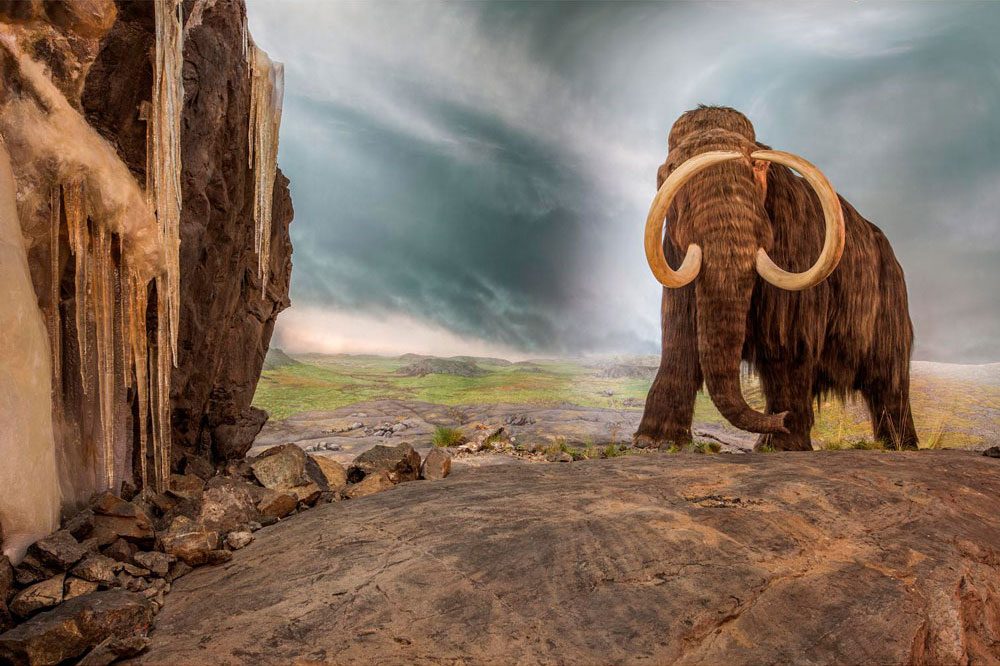
The Giant Mammoth
Ask any child (or child at heart) what the most memorable part of their visit to the Royal B.C. Museum was, and they’ll likely gush about the full-size Mammoth, appropriately named “Woolly.” Displayed in a beautiful giant Ice Age maquette, it’s easy to imagine this glorious beast wandering around Vancouver Island thousands of years ago.
Don’t miss these fascinating British Columbia legends.
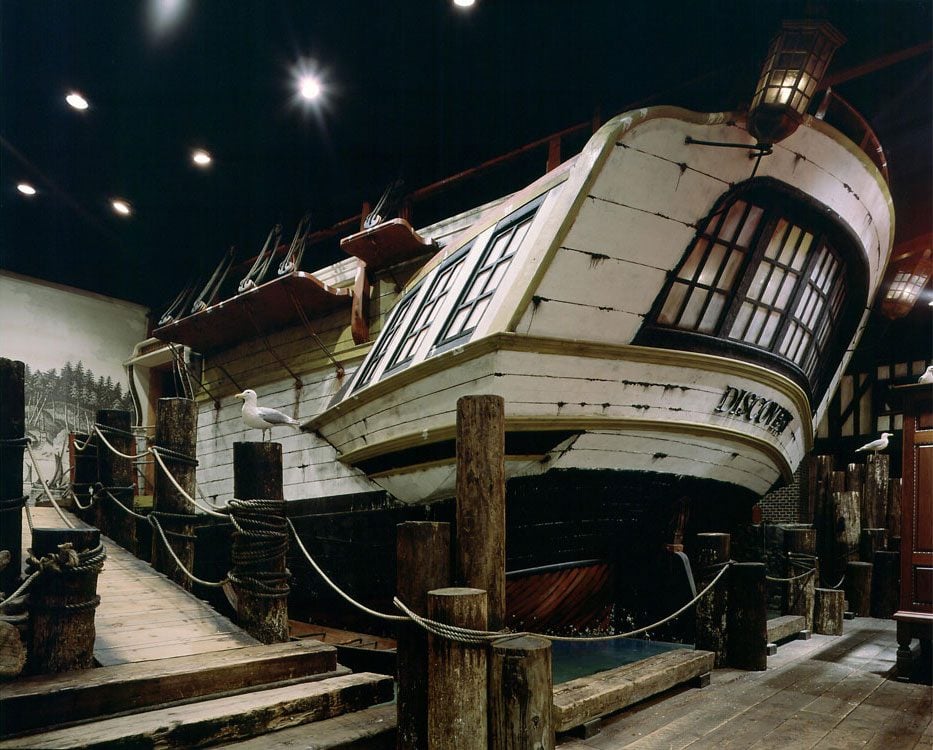
The HMS Discovery replica
Captain George Vancouver, the provincial capital’s namesake, came ashore at Yuquot, B.C., on the HMS Discovery in 1778. In this replica of his vessel, you can man the Captain’s quarters and pull up a seat at the table used for everything from meals to map-making—and even surgery! Surrounding the replica is a rendering of the landscape of Yuquot, drawn by an artist among the ship’s original crew.
Check out more unknown attractions across Canada that are worth adding to your bucket list.
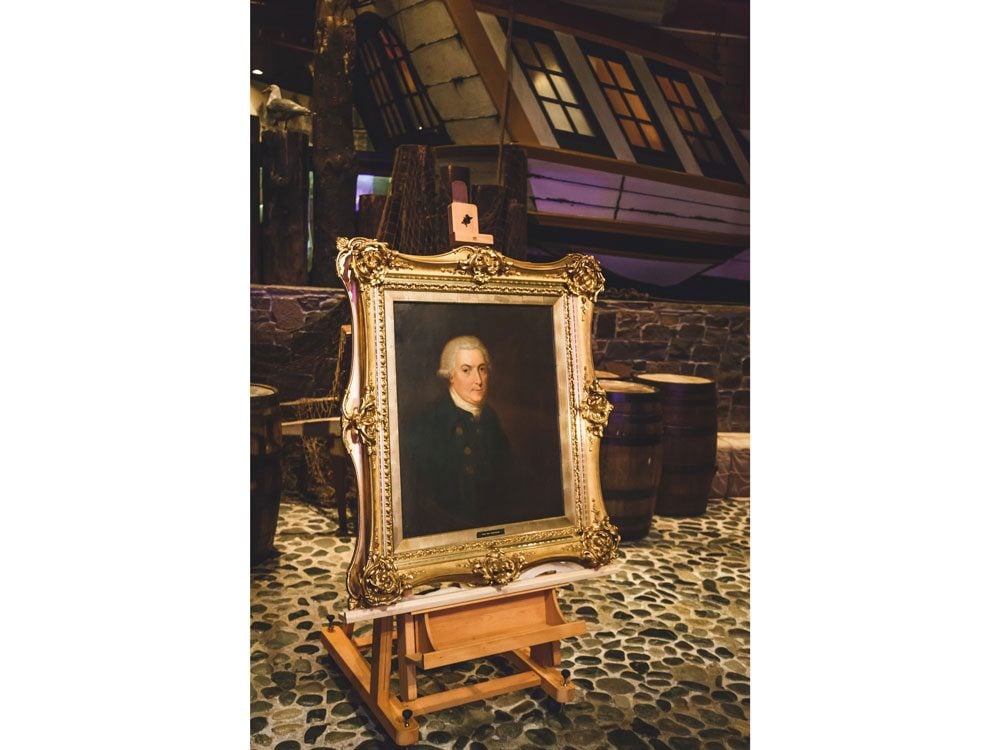
The George Vancouver Portrait
Only two portraits of Captain George Vancouver are known to exist, and one of them resides at the Royal B.C. Museum (above). The other—the original from which this reproduction was based— can be found at the British National Portrait Gallery. (Check out more must-see London attractions worth adding to your bucket list.) This one was donated to the museum in 1901, and finally put on display in 2018 after a century in mothballs. To this day, the identities of the artists who painted both remain a mystery. Check out more unsolved mysteries of the art world.
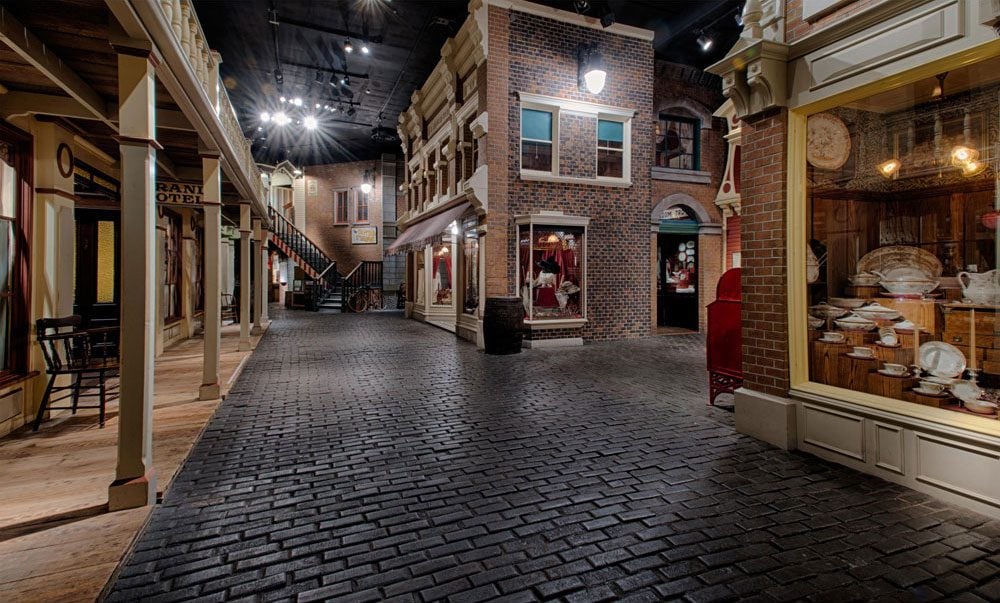
The Old Town
Ever wonder what it would have been like to stroll through the streets of Victoria at the turn of the century? The Royal B.C. Museum gives you the chances in in “Old Town,” a replica streetscape that helps tell the story of B.C.’s urban development. Here, you can visit the Grand Hotel, modelled after the Nanaimo Royal Hotel circa 1890; as well as the Salmon River Livery, based on the Esquimalt I.X.L. Livery from 1900. Don’t miss the two Columbia printing presses, either: dating back to 1899, they’re among the oldest manual presses in the province.
Don’t miss these mind-boggling facts about Canada.
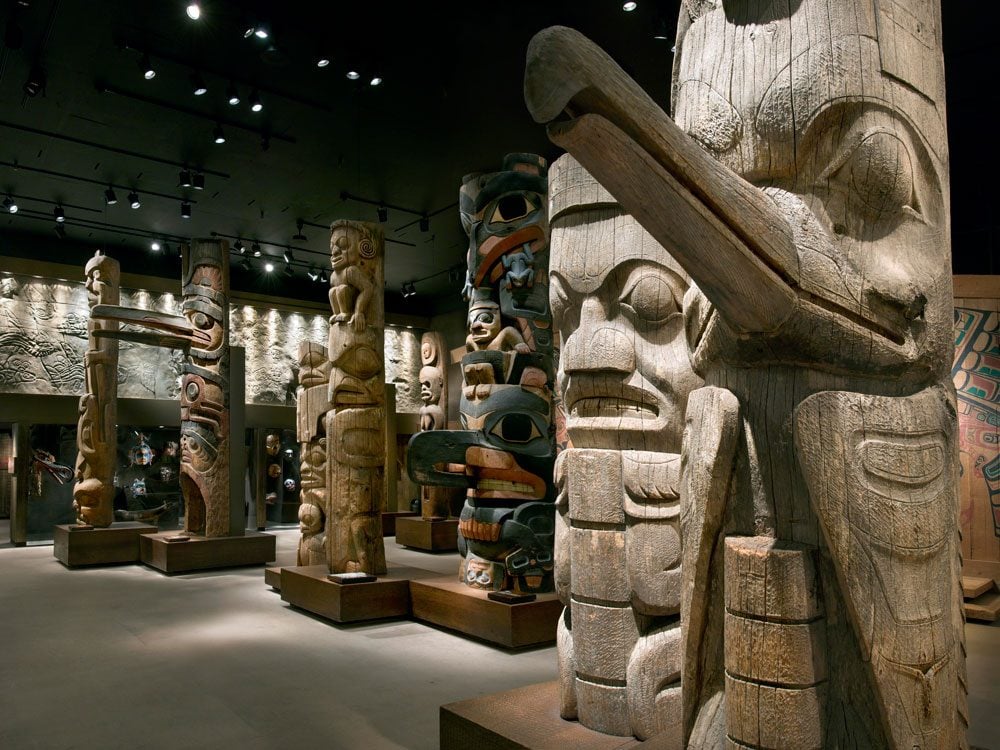
Thunderbird Park
Established in 1941, Thunderbird Park is filled with totem poles from the province’s First Nations. Today, the original totem poles have either been moved inside the Royal B.C. Museum to preserve them or given back to their communities and replaced with duplicates from master carvers like Mungo Martin, Henry Hunt and Tim Paul, crafted in the museum’s on-site carving studio.
Find out how the Watchmen of Haidi Gwaii are preserving the past.
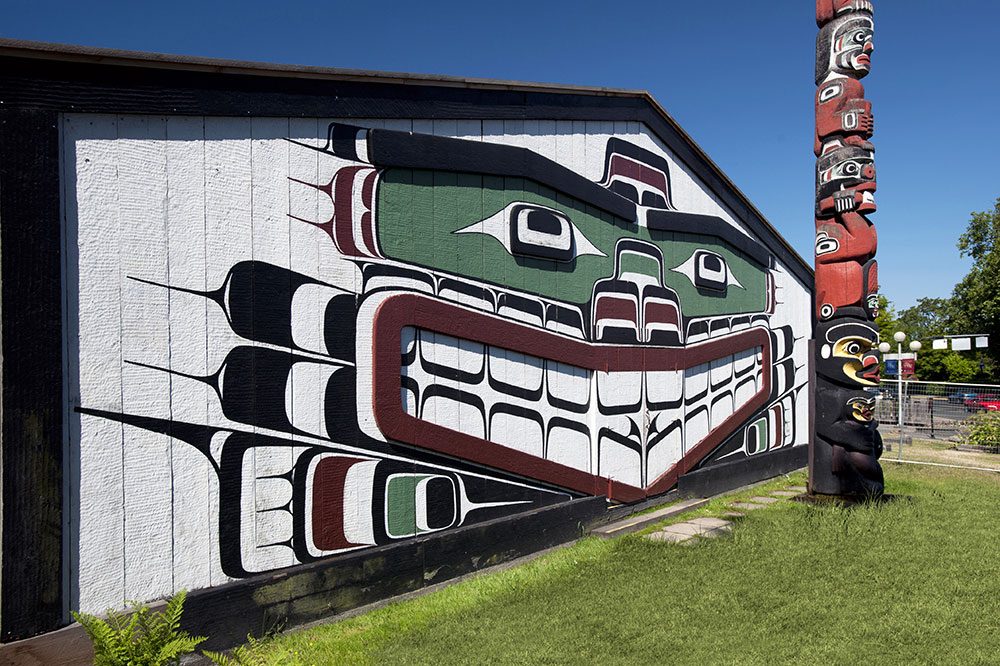
Mungo Martin House
In addition to the impressive totem poles, Thunderbird Park also features Wawadit’la—the former home of master carver Mungo Martin. Wawadit’la bears the hereditary crest of the master carver’s family and serves as both a meeting point for urban Indigenous people as well as a place where visitors can learn about B.C.’s First Nations heritage.
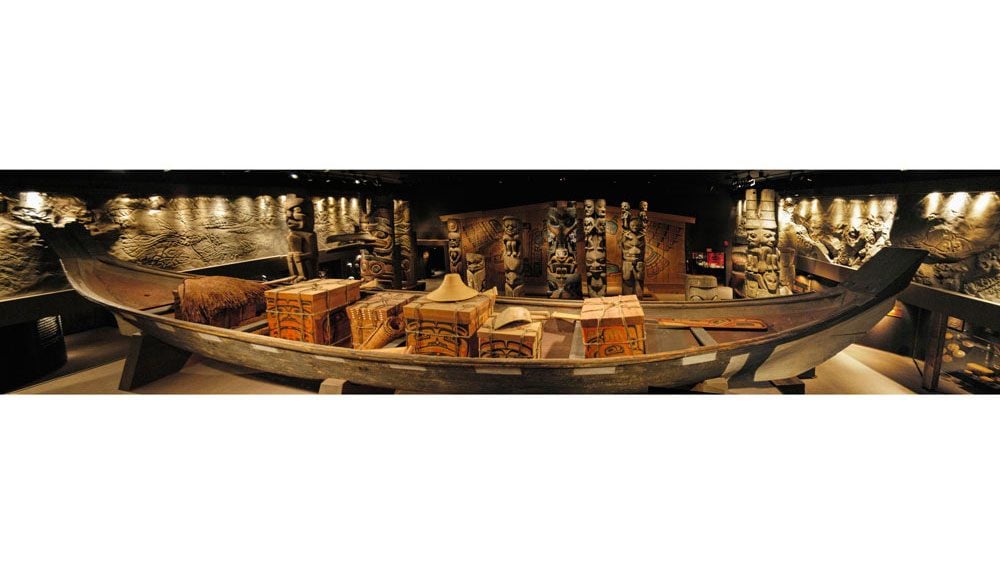
The Canoe
This glorious boat is considered the crown jewel of the Royal B.C. Museum’s First People’s exhibit. Canoes are an important part of culture and intertribal relations of Canada’s Indigenous peoples as they served as transportation for resource-gathering and trade. This particular canoe was used by a 19th-century Coast Salish chief to travel in the Victoria area.
Check out seven more essential experiences for the Canadian history buff.
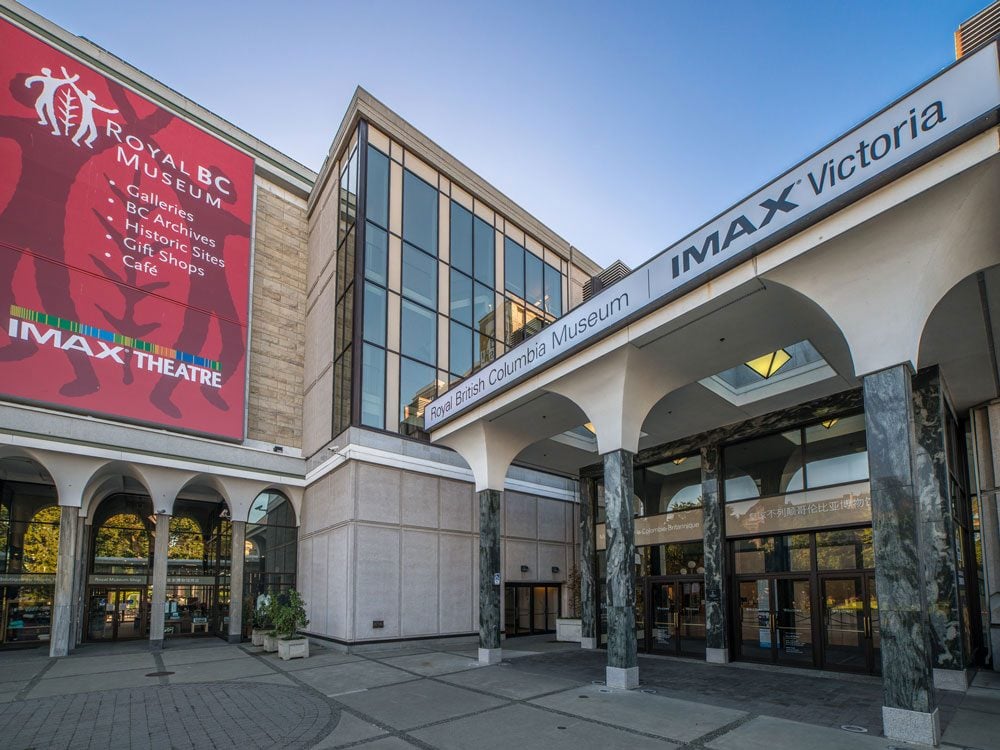
The IMAX Theatre
Not only is the IMAX screen at the Royal B.C. Museum the largest in the province, but it’s also one of only 35 IMAX 4K Laser Projection Systems in the world. Throw in 12-channel surround sound, and audiences become fully immersed in the film—whether it’s an IMAX doc or a Hollywood blockbuster. Travel tip: Movie tickets are sold separately from the museum’s entry.
Check out 10 more Canadian attractions that make Canada great.
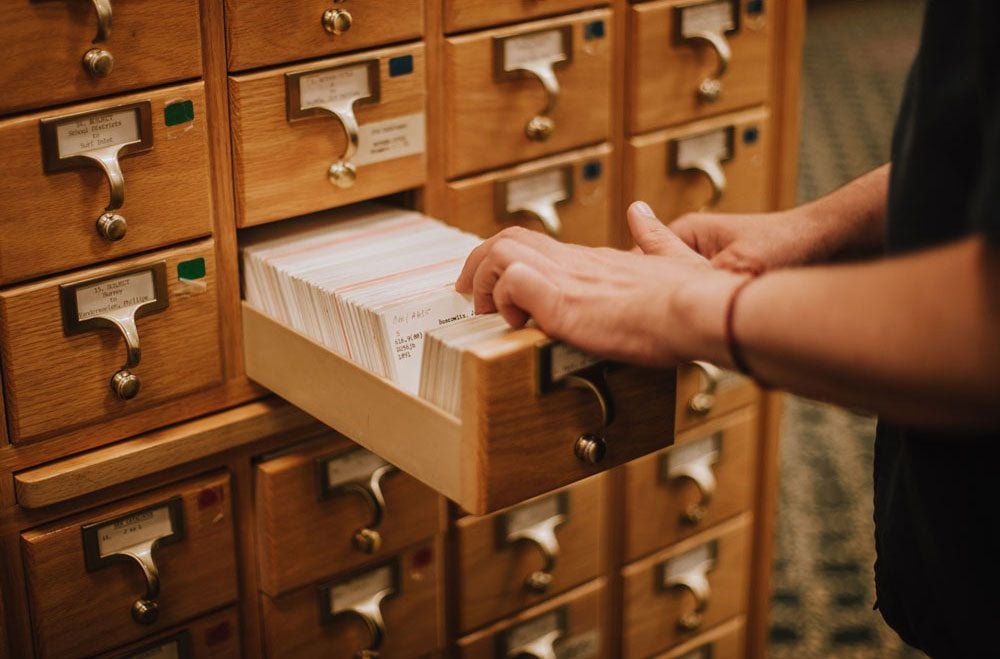
The B.C. Archives
The Royal B.C. Museum is also home to the B.C. Archives, where visitors can trace their family histories through the province’s historical records. Between the wealth of photos, print documents, maps and drawings, you’re sure to dig up some gems—and they’re available online, too!
Check out 10 more places in Canada every Canadian needs to visit.